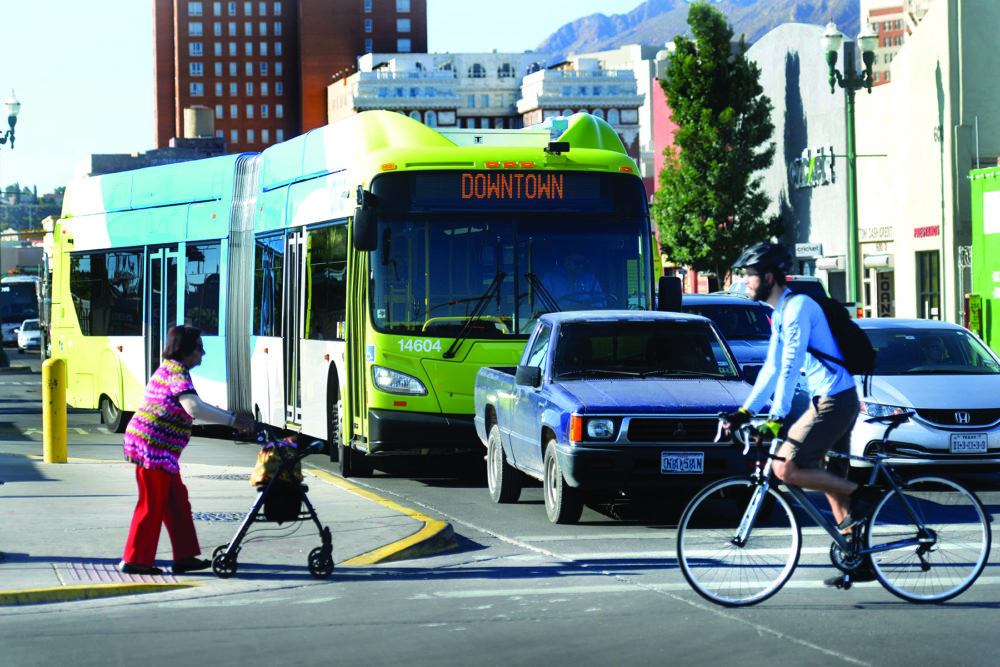Nighttime Visibility Action Plan
Description
Improve nighttime visibility of pedestrians.
Steps For Implementation
- Identify locations and conditions where nighttime visibility of pedestrians is a concern (e.g., bus stops and high-nighttime-activity areas).
- Identify suitable treatments. (See examples in the notes below.)
- Identify and secure funding.
- Implement the treatments.
- Educate the public on looking for pedestrians at night and being visible while walking.
- Evaluate the efficacy of the treatments and share information with stakeholders.
Participating Organizations
TxDOT, local agencies, MPOs, news media, school districts, community safety and assistance organizations, AARP, injury prevention associations, utility (lighting) companies, transit agencies, and research agencies.
Effectiveness
*****
Cost to Implement
$$$$$
Time to Implement
Short
Medium
Long
Barriers
- Funding.
- Public support and education.
- Coordination between groups and agencies.
Notes
Examples are use of visible/reflective clothing by pedestrians, pedestrian-illuminating lighting on urban corridors, midblock crosswalk lighting in accordance with FHWA guidance, and smart lighting to illuminate when pedestrians are detected. Identify target audiences for information dissemination.
